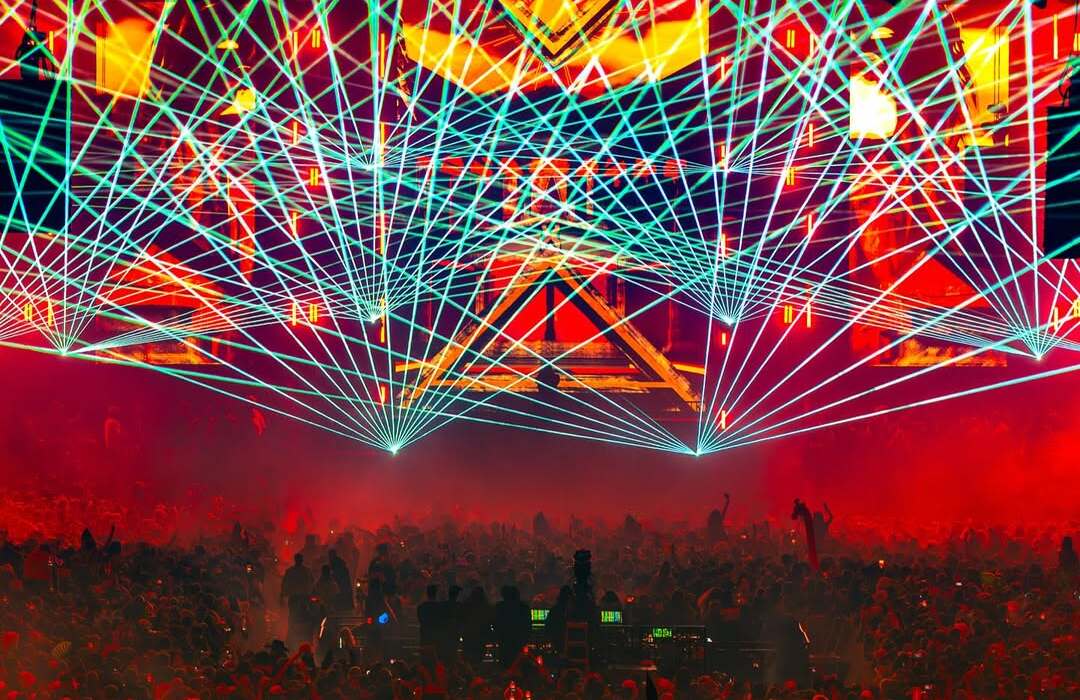On the surface, The Legend of Korra and The Dark Knight Rises are two very different worlds. Korra is the latest reincarnation in the Avatar cycle in the animated universe of Avatar: The Last Airbender, a popular franchise primarily targeted at children and young teens. The Dark Knight Rises is the third film in Christopher Nolan’s Batman trilogy, and it was certainly made for a more adult audience. Pulling from the popular DC character, Nolan’s Batman universe takes a hyper-realistic approach to the superhero genre.
There has always been darkness in the Caped Crusader's many adaptations, but Nolan’s Bruce Wayne digs deep into all the grit of someone who might be a real-life billionaire vigilante. Korra takes place in an entirely fictional universe of magic, spirits and people who interact with their world through the bending of the elements.
Despite all of the obvious differences between these two stories, Korra and Rises have some pretty striking parallels. One of the unique qualities of the Avatar series’ that fans love is that both The Last Airbender and The Legend of Korra deal with complex themes of love, morality and the human condition. Most villains one recalls from childhood entertainment are very flat, black and white antagonists who set out to do evil for the sake of being evil. The Legend of Korra's third season dares to portray a thought-provoking villain with a more realistic motivation and a complex moral code: Zaheer.
Being similar in appearance -- both bald muscle men -- is just the beginning of the overlap between the Korra and Rises' villains. Much Like Bane, Zaheer is a philosophical idealist who challenges the audience to reexamine the line between hero and villain. More specifically, they oppose the control of the elite ruling class over the masses. They even have some uncanny overlapping lines, such as Bane’s stadium scene and Zaheer’s liberation of Ba Sing Se. Both characters make a public appearance to address the masses -- Bane at a packed out football game and Zaheer over the city-wide PSA system. Both characters kill a high profile person of importance, too. Bane kills the inventor of -- and the only one -- who can disarm the neutron bomb, a technology originally created for the purpose of clean energy, but like the spirit vine powered tech from Korra, it is deemed too dangerous to be used by their creators. Meanwhile, Zaheer assassinates the Earth Queen by airbending the oxygen out of her lungs.
Both characters make an impassioned speech about returning power to the people. Bane: "We come here not as conquerors, but as liberators, to return control of this city to the people." And Zaheer: “I’m not here to take over the Earth Kingdom... No longer will you be oppressed by tyrants -- you are free. I deliver Ba Sing Se back into the hands of the people."
Both villains begin with a premise of wanting to oppose the oppression and corruption of the ruling class, and they’re not wrong. In both cases, there are grievous injustices and atrocities committed by a greedy and self-interested elite at the expense of the common people. Equality and liberty for all are morally good things to strive for, but the characters each go too far in pursuing their ends by means of violence, destruction and murder.
Bane and Zaheer challenge viewers to consider the moral complexities of life and think through the concepts of right and wrong in more fully formed ways. Nothing is going to stand in the way of Bane or Zaheer accomplishing what they’ve set out to do, which is again demonstrated when they each try to kill their relative protagonists, and almost succeed, to the point that Batman and Korra are both neutralized so that when their worlds need them most, they vanish.
The Dark Knight Rises opened in theaters in July 2012. Book 3, where Zaheer is first introduced in The Legend of Korra, aired in June 2014, so it’s possible Zaheer’s story could have been heavily influenced by Bane. In any case, both stories do a great job of delivering the well-rounded villains that modern audiences want to see.


